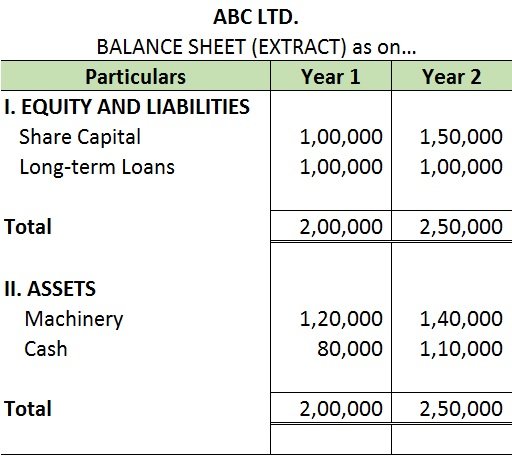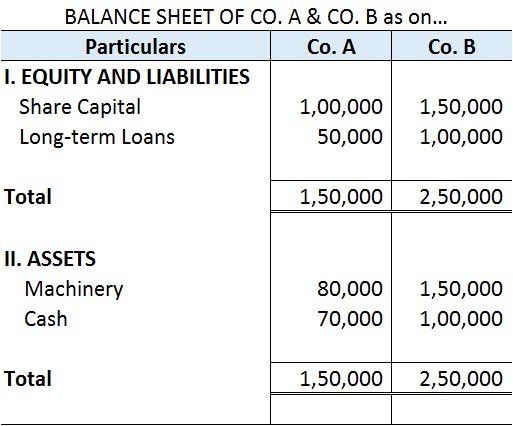Expense Expenditure: Expense expenditures refer to the costs incurred by a company in its day-to-day operations. These expenses are deducted from revenue to calculate the net income. Here are some examples of expense expenditures: Salaries and wages: The payments made to employees for their servicesRead more
Expense Expenditure:
Expense expenditures refer to the costs incurred by a company in its day-to-day operations. These expenses are deducted from revenue to calculate the net income. Here are some examples of expense expenditures:
Salaries and wages: The payments made to employees for their services are considered expense expenditures. This includes salaries, wages, bonuses, and commissions.
Rent: The cost of leasing office space or other business premises is an expense expenditure. It includes monthly rent payments, property taxes, and insurance premiums associated with the rented space.
Utilities: Expenses related to utilities such as electricity, water, gas, and internet services are considered expense expenditures.
Office supplies: The cost of purchasing and replenishing office supplies like stationery, printer ink, pens, paper, and other consumables is categorized as an expense expenditure.
Advertising and marketing: Expenditures incurred to promote a company’s products or services, such as advertising campaigns, online marketing, social media promotions, and print media advertisements, are considered expense expenditures.
Revenue Expenditure:
Revenue expenditures are expenses incurred to acquire or improve assets that are expected to generate revenue over multiple accounting periods. Unlike expense expenditures, revenue expenditures are typically not capitalized. Here are some examples of revenue expenditures:
Repairs and maintenance: Costs incurred to repair and maintain existing assets, such as machinery, equipment, and vehicles, are considered revenue expenditures. Routine maintenance expenses, like oil changes, servicing, and small repairs, fall into this category.
Software and technology upgrades: Expenses incurred to upgrade or enhance software systems, computer hardware, or other technological infrastructure are considered revenue expenditures.
Training and development: Expenditures on employee training programs, workshops, seminars, and skill development courses that enhance the productivity and capabilities of the workforce are classified as revenue expenditures.
Advertising campaigns for new products: While advertising expenses are generally classified as expense expenditures, when they are specifically related to the launch or introduction of new products or services, they can be considered revenue expenditures.
Renovation and improvements: Costs incurred to renovate or improve existing assets, such as office spaces, stores, or warehouses, can be classified as revenue expenditures if they enhance the earning capacity or extend the useful life of the asset.
These examples highlight the distinction between expense and revenue expenditures based on their purpose and treatment in financial statements.
See less










Discount received is the reduction in the price of the goods and services which is received by the buyer from the seller. It is an income for the buyer and is credited to the discount received account and credited to the seller/supplier’s account. Journal entry for discount received as per modern ruRead more
Discount received is the reduction in the price of the goods and services which is received by the buyer from the seller. It is an income for the buyer and is credited to the discount received account and credited to the seller/supplier’s account.
Journal entry for discount received as per modern rules:
Discount allowed is the reduction in the price of the goods which is granted by the seller to the buyer on prompt payment of their account. It is an expense for the seller and is debited to the discount allowed account and credited to the buyer’s account.
Journal entry for discount allowed as per modern rules:
For example, A Ltd. offers a 10% discount to the customers who settle their debts within two weeks. Mr.B a customer purchased goods worth Rs.20,000.
According to modern rules, A Ltd will record this sale as:
Mr.B will record this purchase as:
For a business, the discount received is an income, and the discount allowed is an expense. In the above example, A Ltd has granted a discount and B is the receiver of the discount. Hence, for A Ltd discount allowed is an expense and for B discount received is an income.
See less